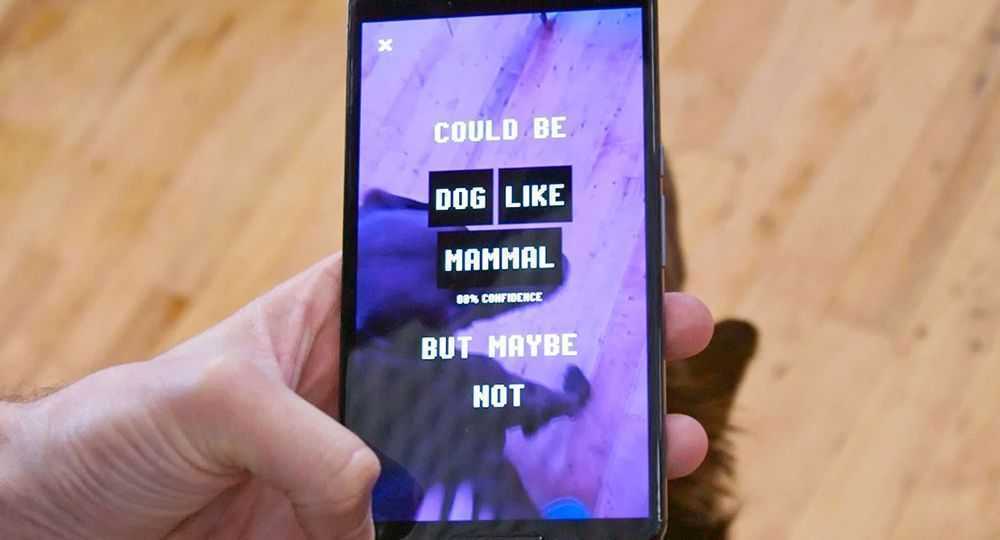Google’s new website lets you play with its experimental artificial intelligence projects. Warning: these can be seriously addictive!
Before Google became a verb, it started out as a humble search engine. Now, it’s at the forefront of some of the most exciting innovations on the planet. And it wants you to come and play.
Google has recently published the AI Experiments blog to show in simple ways the different things Google’s artificial intelligence software can do. AI enables computers to gain understanding like humans, learning on their own.
The site offers interactive demonstrations of Google’s open-source technology and is aimed at promoting the software and encouraging developers to use it, with some of the code for the experiments available on the site.
The tools are easy to play with if even you’re not a programmer and can offer a window into what Google is teaching computers to do. Sometimes, users’ interactions with the tools support experiments and development by Google into the future. Let’s take a look at some of the most interesting experiments currently online.
Giorgio Cam (best on mobile) identifies objects seen by the device’s camera and then creates a rhythm around the image. It uses image recognition to label what it sees, then it turns those labels into lyrics of a song. Check out the video for some funky beats.
Quick, Draw! This experiment has you essentially playing Pictionary with a sketch recognition engine. You are given an object to draw and the AI has a limited amount of time to guess what the drawing is of. By using the programme and drawing barns, school buses, dolphins and more, you’ll be contributing to its training and helping it recognise other people’s drawings in the future.
Infinite Drum Machine has sounds gathered by similarity, which you can select and sequence. Shuffle actually produces some pretty hot beats. Maybe this is how the pros do it …
Thing Translator uses Google Translate tech to translate the names of objects you point at into different languages. This could be helpful if you’re travelling overseas.
AI Duet shows how artificial intelligence can be applied to music. Play a few notes on a computer-connected keyboard and the algorithm plays a few notes of its own based on what you played. It doesn’t sound quite like music but it sounds much better than randomly generated notes.
Additionally, Google is also posting the code for all the projects on AI Experiments on Github so developers can tinker around with the tools themselves, and it is taking submissions from developers who have used Google’s tech to make similar applications.



